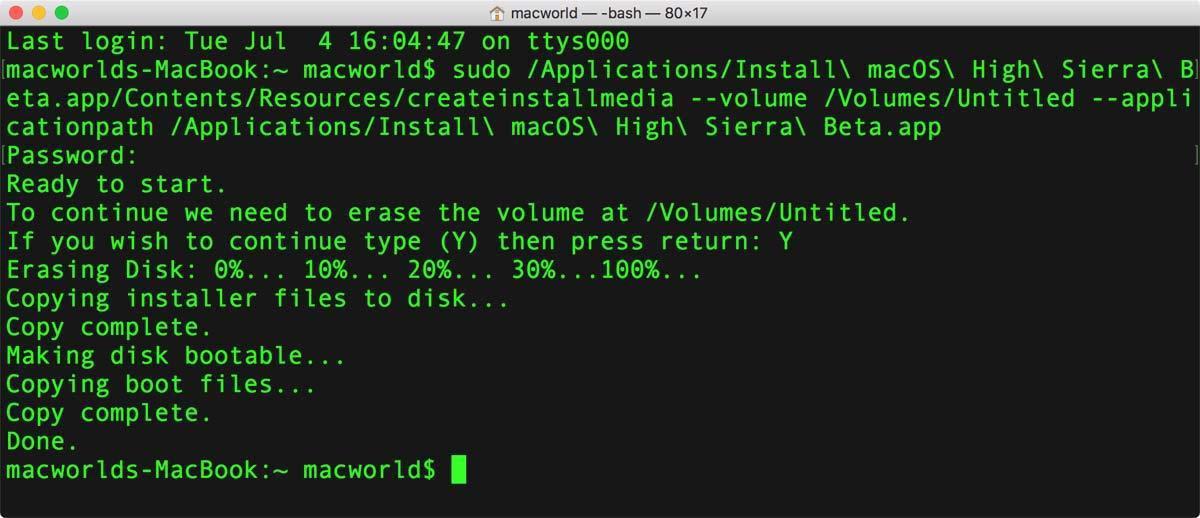
Change the Default Format of Screenshot Capturesīy default, every screenshot you take on your Mac will be of the PNG format. Then enter the following one and press Return again for the changes to take effect:Īs with our previous command, you can change the last word of the first command from true to false to hide your Mac’s hidden files and folders again. I used this Terminal command and I saw that there was a folder with a lot of files that I had forgotten to delete by emptying the Trash.ĭefaults write AppleShowAllFiles TRUEĪfter you enter the command, press Return. However, sometimes it can be useful to be able to see them.įor example: After using my USB thumb drive for a few months, I realized that despite being empty, it still had very little space left in it.


Show Your Mac’s Hidden Filesīy default, Macs don’t show hidden files, This is ok, since most of the time these files are completely irrelevant. Once you do, hit the Return key and then log out and back in again for the changes to take place.Ĭool Tip: To restore back this feature of OS X, just enter the same command in Terminal, but change the last word from false to true. To disable this behavior with Terminal, open the application and then copy and paste the following line of code:ĭefaults write -g ApplePressAndHoldEnabled -bool false However, if you write almost exclusively in English, this same window can be quite bothersome, forcing you to press a letter every time if you want to enter it repeatedly. This window can be extremely helpful in those cases, allowing you to just choose the accent you need. If you happen to use your Mac to type in more than one language, you might have noticed that in most places where you can enter text (on both Lion and Mountain Lion) if you press and hold down a letter while typing, an accent window will pop-up. Ready now? Then let’s start! Disable Pop-up Accent Windows on Lion/Mountain Lion So yes, a bit of geekery is needed to use this tool. The power the Terminal app has over your Mac is huge to say the least, and you could end up damaging your Mac seriously if you don’t take care. Needless to say, if you are not familiar with Terminal and are not sure what you are doing, you should just drop it entirely.

You may also do a quick search on Spotlight for it to open it up. It comes pre-installed with all Macs and can be found in the Utilities folder located within the Applications folder. The Terminal app is a command-based emulator that is able to control the underlying UNIX-based operating system of Mac OS. This time, we put this extremely helpful utility to use to show you a few simple, yet useful tweaks that will make your Mac experience even better.


 0 kommentar(er)
0 kommentar(er)
